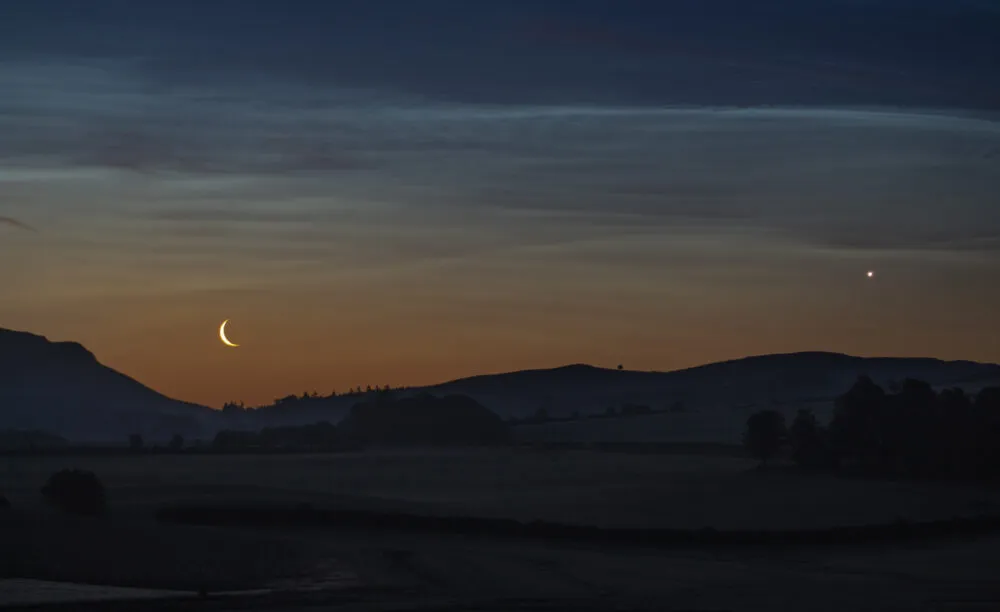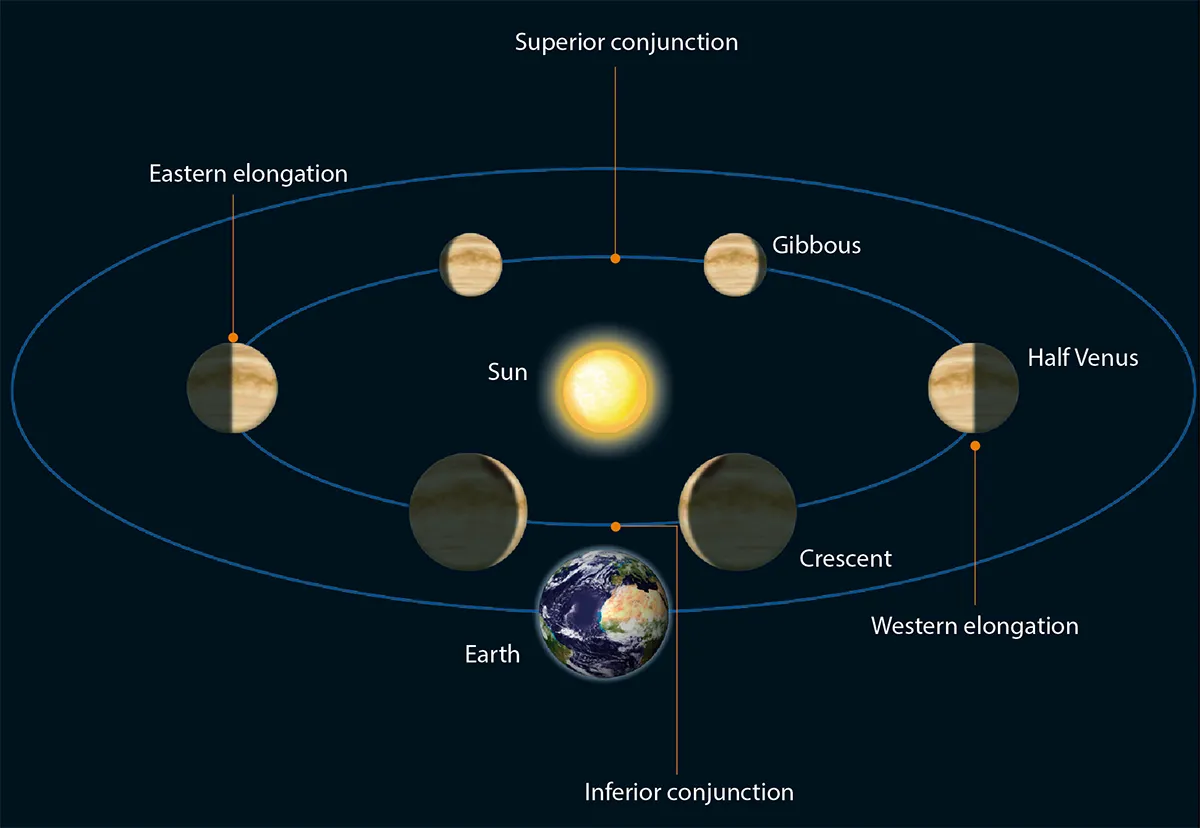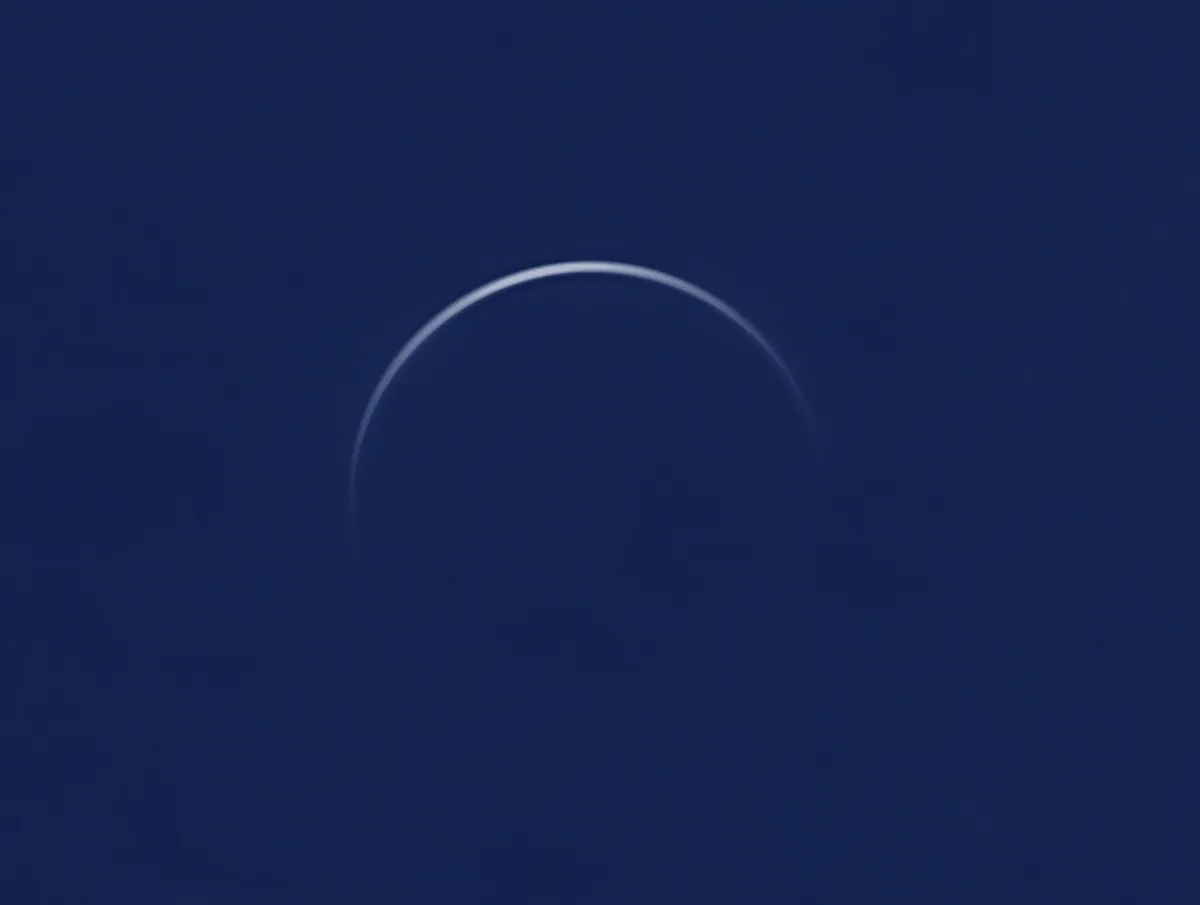What's that bright star I can see in the morning sky, appearing much brighter than any other star still visible in the early dawn?
This is a question you may have asked yourself on occasion, and the chances are that the answer is that 'morning star' is actually the planet Venus.
Venus is often called the 'Morning Star', and similarly, it is often called the 'Evening Star'.

When Venus is at its best, it appears as a bright spot of light, instantly distinguishable as it's the most prominent 'star' in the twilight sky.
But why is Venus only visible at sunrise and sunset? Why is it either a 'morning star' or an 'evening star'? And why does Venus have phases, like the Moon?
It's all to do with Venus's orbit.
Find out why Venus spins backwards and the science of Venus transits

The orbit of Venus, like Mercury, lies inside the path that the Earth takes around the Sun. Being closer to the Sun, it is not always visible from the Earth.
For instance, at inferior conjunction, when Venus is between Earth and the Sun, the planet has its unlit or night side turned towards us.
At this time, it appears very close to the Sun in the sky, and to all intents and purposes is out of view.
Approximately 71 days before and after inferior conjunction, Venus reaches a position called elongation, when the planet lies at its greatest angular distance from the Sun, which is about 47 degrees.

At eastern elongation it is the Evening Star, seen up to a few hours after sunset before setting to the west.
At western elongation it becomes the Morning Star, visible to the eastern horizon up to a few hours before dawn. From the latitudes of the British Isles it is never visible at midnight.
At superior conjunction, when Venus is on the far side of the Earth to the Sun, the planet presents a full phase because its day side is facing the Earth.
